
Rice algorithms take on quantum adversary
Rice computer scientists have developed algorithms that account for quantum noise that is not just random, but malicious interference from an adversary.

Rice algorithms take on quantum adversary
Rice computer scientists have developed algorithms that account for quantum noise that is not just random, but malicious interference from an adversary.
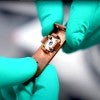
A team of Rice researchers has developed a new way to control light interactions using a specially engineered structure called a 3D photonic-crystal cavity that could enable transformative advancements in quantum computing, quantum communication and other quantum-based technologies.

Rice researchers lead project using quantum phenomenon to transform super-resolution imaging
A multidisciplinary team of researchers from Rice and Texas A&M has received a $1.2 million award from the W.M. Keck Foundation to advance super-resolution imaging and single-molecule tracking by harnessing super-radiance, a quantum optical phenomenon with transformative potential for research and innovation in medicine, engineering and the physical sciences.
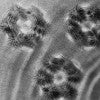
Researchers uncover strong light-matter interactions in quantum spin liquids
In a paper recently published in Nature Physics , an international group of researchers have found evidence of a quantum spin liquid in a material known as pyrochlore cerium stannate.
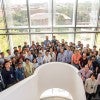
Rice hosts workshop and winter school to advance quantum materials research
Rice’s Center for Quantum Materials and Smalley-Curl Institute recently held two successive events aimed at advancing the field of quantum materials research.

Interdisciplinary Rice graduate program earns $3M NSF grant
A research traineeship program developed by a team of Rice faculty led by Junichiro Kono has received an award of $3 million over five years from the National Science Foundation to equip a new generation of scientists and engineers with the skills needed to serve as leaders in quantum technology innovation.

Rice’s Emilia Morosan awarded prestigious Vannevar Bush Faculty Fellowship
Physicist wins Department of Defense’s most prestigious single-investigator award
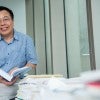
Researchers discover new flat electronic bands, paving way for advanced quantum materials
A team of scientists led by Qimiao Si predicts the existence of flat electronic bands at the Fermi level.
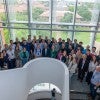
Rice hosts 2024 Workshop on Quantum Materials Synthesis
The Rice Center for Quantum Materials recently hosted the second edition of the Workshop on Quantum Materials Synthesis, an event dedicated to communicating recent developments in the field, identifying new research areas and providing a platform for theorists and experimentalists to come together for discussion and knowledge exchange.
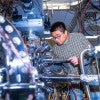
Discovery points path to flashlike memory for storing qubits
Rice physicists have discovered a phase-changing quantum material — and a method for finding more like it — that could potentially be used to create flashlike memory capable of storing quantum bits of information, or qubits, even when a quantum computer is powered down.
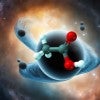
Chemical reactions can scramble quantum information as well as black holes
A team of researchers from Rice University and the University of Illinois Urbana-Champaign has shown that molecules can be as formidable at scrambling quantum information as black holes by combining mathematical tools from black hole physics and chemical physics and testing their theory in chemical reactions.
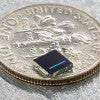
Rice research shows promise for advancing quantum networks
Rice engineers have demonstrated a way to control the optical properties of an atomic imperfection in silicon material known as a T center by embedding it in a photonic integrated circuit and exploiting the Purcell effect to strengthen light-matter interaction and increase the rate of spontaneous emission.

Rice’s Nai-Hui Chia wins NSF CAREER Award
Rice computer scientist Nai-Hui Chia has won a National Science Foundation CAREER Award to develop a new theoretical framework to facilitate the development of efficient quantum algorithms for a range of problems in quantum physics and computer science as well as enhance the security of quantum cryptography.
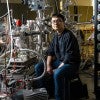
Rice scientists pull off quantum coup
Rice scientists have discovered a first-of-its-kind material, a 3D crystalline metal in which quantum correlations and the geometry of the crystal structure combine to frustrate the movement of electrons and lock them in place.
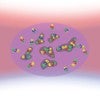
Rice research opens new arena to study quantum interactions
Rice scientists along with collaborators at Durham University prolonged quantum behavior in an experimental system nearly 30-fold by using ultracold temperatures and special laser wavelengths to generate a “magic trap” that delays the onset of quantum decoherence.